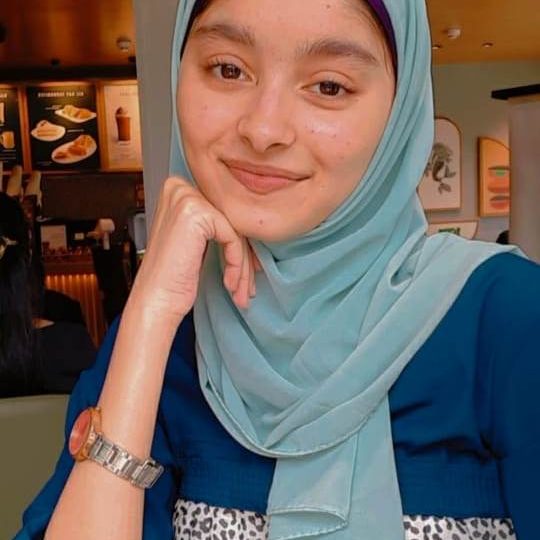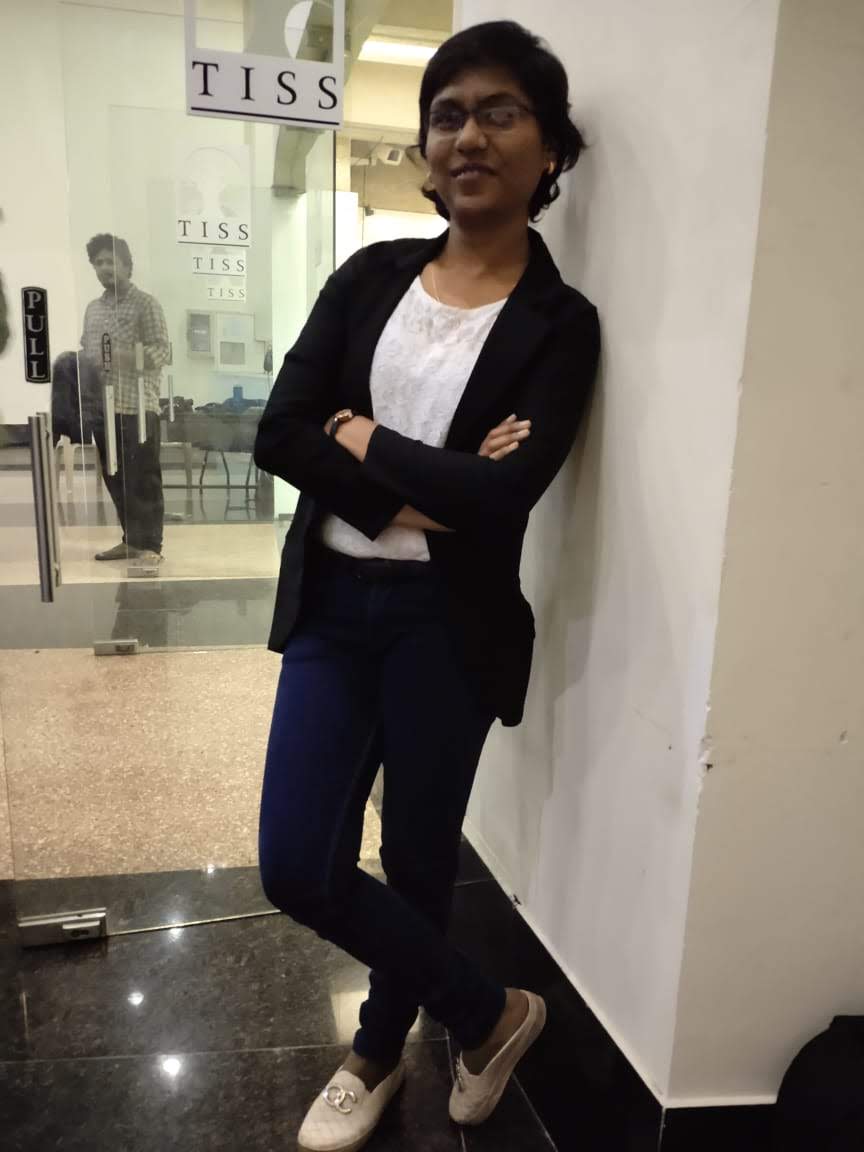Benish Ali
The recent reports of the ruling BJP’s attempts to address the concerns of ‘lower castes’ among non-Hindus and subsequent reports of the union government’s intentions to formulate a national commission on such castes among Muslims and Christians has attracted attention of scholars of diverse hues. In this context, an attempt has been made to understand the question of caste among Muslims, the ‘lower castes’ among them known as ‘Pasmanda’.
Who are Pasmandas? And their condition
The term ‘Pasmanda’ used to describe lower caste Muslim groups, is a Persian word meaning oppressed, broken or ‘the ones left behind’. It was first used by former Rajya Sabha MP, Ali Anwar Ansari in 1998 when he founded the ‘Pasmanda Muslim Mahaz’. It is used to refer to the depressed groups within the Muslim community. “Pasmandas include ‘Dalits’ as of now, but all Pasmandas are not Dalits. Constitutionally speaking, we are all in one category—the OBCs. But going forward, we want Dalit Muslims to be recognized separately,” said Ansari. Pasmandas or Pasmanda Muslims constitute around 80% of Muslim population.
Though the institution of caste has not been established in Islam, Muslims have mainly been divided into three categories based on their caste. The ‘Ashrafs’ include upper caste Muslim converts and descendants of those who came from Central Asia, including Syeds, Sheikhs, Pathans and Mughals. ‘Ajlafs’ or the middle castes include those associated with ritually clean occupations like Ansaris, Qureshis and Saifis. Finally, ‘Arzals’ include ‘lower caste Muslim converts’ who are usually associated with occupations like manual scavenging, barbering, and so on (Nais, Hajjams, Bhangis).
Ayyub Rayeen, author of the book ‘Bharat Ke Dalit Musalmaan’ describes in an interview how even people within the Muslim community do not know much about the different ‘biradaries’ among Muslims. The mere twelve graduates in all of Bihar from one of the lower caste communities, ‘Bakkho’, is astonishing and unfortunate. For seventy years, not a single person from this community had been appointed even as a chaprasi (peon). This only changed when one member of the community got a job in the Railways. He further suggests that the breadth of the term ‘Pasmanda’ is an injustice to lower caste Muslim groups. Some Ajlafs, that is, the middle castes, who are comparatively better off are also included within the ambit of the term ‘Pasmandas’. That shifts the focus away from those at the lowest rung of caste hierarchy like the Naalbandhs, Dhobis, Bakkhos and so on.
The benefits of government schemes too, are usually availed by the upper caste Muslims. The Pasmandas, especially the lowest among them, remain largely unaware of government schemes. They live in extremely unhygienic conditions, surrounded by piles of rubbish. Some communities like that of the Bakkhos and Pamarias are ‘ghumantu’ (or nomadic), that is, they move from one place to another. They live in temporary settlements and makeshift homes. Most Pasmandas don’t get access to basic education and remain bereft of ‘Islamic education’ as well. Most do not even have any documents like an Aadhaar card.
The Sachar Committee (2006) report states, “Sociological studies on the social structure of Muslims in India have emphasized on the presence of decent based social stratification among them. Features of the Hindu caste system, such as hierarchical ordering of social groups, endogamy and hereditary occupation have been found to be amply present among the Indian Muslims as well.”
The Ranganath Misra Commission (2007) recommended that any social or vocational group within the minorities who have been excluded from Scheduled Castes due to their religious identity, should be regarded as socially backward irrespective of whether the religion they practice, recognizes caste system or not.
Pasmandas and the BJP
P.M. Modi’s recent call for the upliftment of ‘depressed groups’ within the Muslims and reports of forming yet another commission do not portray his seriousness regarding this cause as his party has historically been anti-reservation, inclined towards the upper castes. The EWS quota without any commission, study and discussion proves that point.
BJP’s sudden interest in the plight of lower caste Muslims is derived from a level of cynicism. This sudden interest is quite contrary to the party’s reaction to the five percent quota announced by the Andhra Pradesh government for disadvantaged Muslims in 2004. That the party that then called for protests, is now talking about the upliftment of the very same people seems hypocritical.
There is indeed a need for the upliftment of lower caste Muslims. BJP, by starting discussion on this topic, which by itself considered ‘sacrilegious’, may have offered hope to the excessively oppressed Pasmandas. But BJP’s intentions and ultimate goals behind this discussion need an evaluation. If the party is seriously concerned about ‘lower castes’, there is enough data available for meaningful policy intervention.
~~~
Benish Ali is a student of B.A. (H) Political Science and the vice president of Dr. B.R. Ambedkar Centre at Zakir Husain Delhi College, University of Delhi.










